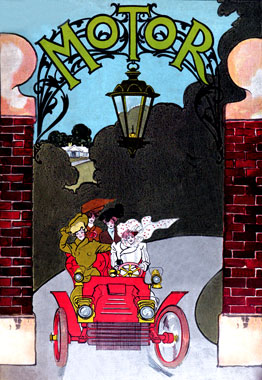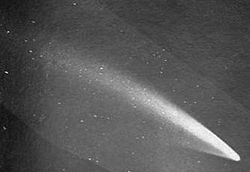 Cars are such a great illustration of how things changed from the time Rosetta was born to the present. She wasn't quite one year old when this slick 1910 Ford Model T burst onto the scene. Going for a little spin in the convertible? Be sure to wear a duster and hat.
Cars are such a great illustration of how things changed from the time Rosetta was born to the present. She wasn't quite one year old when this slick 1910 Ford Model T burst onto the scene. Going for a little spin in the convertible? Be sure to wear a duster and hat.
 The Model T was designed by Childe Harold Wills, and Hungarian immigrants Joseph A. Galamb and Eugene Farkas. Henry Love, C. J. Smith, Gus Degner and Peter E. Martin were also part of the team. Production of the Model T began in the third quarter of 1908. Collectors today sometimes classify Model Ts by build years and refer to these as "model years", thus labeling the first Model Ts as 1909 models, the year Rosetta was born.
The Model T was designed by Childe Harold Wills, and Hungarian immigrants Joseph A. Galamb and Eugene Farkas. Henry Love, C. J. Smith, Gus Degner and Peter E. Martin were also part of the team. Production of the Model T began in the third quarter of 1908. Collectors today sometimes classify Model Ts by build years and refer to these as "model years", thus labeling the first Model Ts as 1909 models, the year Rosetta was born.
With ten children and low income, her immigrant family couldn't afford one of these new-fangled contraptions. There is certainly no connection, but during her long life Rosetta never learned to drive. She traveled around Chicago, and later Los Angeles, using public transportation. She was a whiz with bus schedules and could find a route to most any destination, even if it took about 30 minutes by car and 2 hours or more by bus.
 |
| 2006 - Ford's Refl3x Concept Car |
Fast forward to 2006, the year Rosetta passed away nearing her 97th birthday. Ford's concept car that year would have amazed her. It was the Refl3x, a technological showcase that included solar panel-powered headlights, integrated child seat, baby cam with a monitor mounted on the dash, inflatable rear safety belts, and an interior quieted by ground rubber taken from Nike athletic shoe outsoles. It also featured an advanced diesel-electric hybrid engine with new-generation lithium ion batteries that help deliver up to 65 miles per US gallon. A production version of the Reflex design was not announced. It makes one wonder what happened to these great ideas since we are still oil and energy dependent upon other nations.
 |
| 1914 Model T |
 |
| 2016 Ford GT |
So, look at the contrasts between these vehicles. What a difference 102 years makes!
"Can We Come in and Laugh, Too?" takes you back to Rosetta's era with wonderful descriptions of being born in the early 1900's, going through the Flapper era, World War I and II, all the way up to the late 80s. She grew up in a zany family, so laugh along with some of her funny stories.



 Rosetta takes you all the way up to 1989 when she wrote this memoir at the age of 80. The manuscript was found and published in 2012. She always used humor to get through even the toughest curves that life threw her, like the day her husband dropped dead at the young age of 49 and left her with two children and little money. Always a positive person, this book is not only funny but inspirational. The poignant parts could almost be called a lesson on how to combat disaster with humor.
Rosetta takes you all the way up to 1989 when she wrote this memoir at the age of 80. The manuscript was found and published in 2012. She always used humor to get through even the toughest curves that life threw her, like the day her husband dropped dead at the young age of 49 and left her with two children and little money. Always a positive person, this book is not only funny but inspirational. The poignant parts could almost be called a lesson on how to combat disaster with humor.





